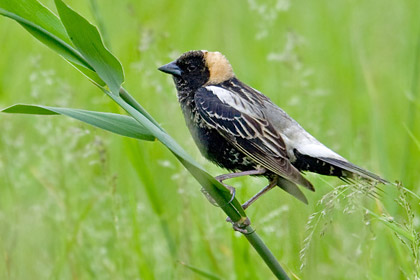Farmers use modern production practices to keep production up and food prices down. Despite gains made with local food, society doesn’t always recognize the importance of agriculture and the need for farmers to be profitable. Farmers maximize productivity by using their existing land to the greatest extent. In earlier times, that could lead to what farmers would later learn were poor environmental decisions, such as clearing away forests and letting livestock get too close to waterways.
But times have changed, and farmers knew they had to get out in front of thesepractices, or answer to the public. That led to the development of a variety of tools, including environmental farm plans and sustainability management practices. Agriculture has embraced conservation, as shown by results of a new survey by the Ontario Soil and Crop Association that administers a species at risk incentive program on behalf of the province. The survey centred around producers’ attitudes towards species at risk where more than half of all respondents said they would feel lucky, proud, or pleased to find at-risk species on their property, and over 60 per cent of respondents want to protect them.

The bobolink is a grassland bird listed as threatened in Ontario. For habitat they rely in large part on the hayfields and pastures created and maintained by farmers in southern Ontario. Photo credit: kiwifoto.com
These results counter the perception that some farmers would ignore these species if they found them on their property, because it might interrupt or interfere with production. That said, farmers still feel like old perceptions exist among some members of the public. More than 90 per cent of the respondents think people are unaware of how species at risk affects farmers, and most believe environmental conservation responsibility falls on them…which it does. Odds are any species found to be at risk are unlikely to call highly populated areas home or they’ll have left areas where urban sprawl is occurring, to find more environmentally friendly confines “ like farmers’ fields. It’s an additional social responsibility for farmers, and they need support.

